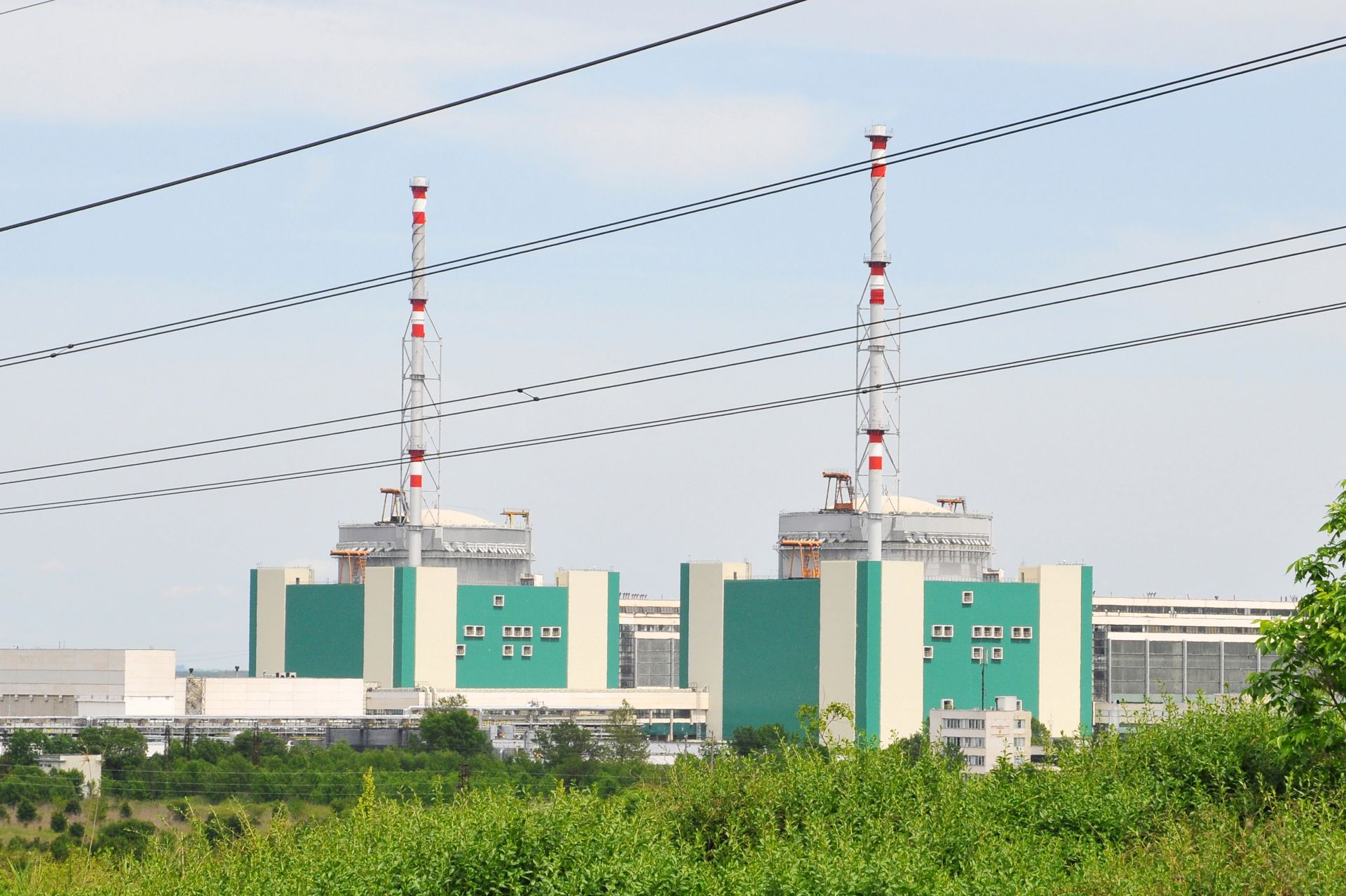Solving Sellafield’s 4 Ds problem

The U.K. National Nuclear Laboratory’s Colin Fairbairn (left) and Ben Smith (in pre-COVID days) work on the Box Encapsulation Plant (BEP) robots project at the NNL’s facility in Workington, Cumbria, U.K. Photos: UKNNL
Though robotics solutions have been used across many industries, for many purposes, Sellafield Ltd has begun to bring robotics to the U.K. nuclear industry to conduct tasks in extreme environments. The Sellafield site, in Cumbria, United Kingdom, contains historic waste storage silos and storage ponds, some of which started operations in the 1950s and contain some of the most hazardous intermediate--level waste in the United Kingdom. There is a pressing need to decommission these aging facilities as soon as possible, as some of them pose significant radiation risk.














